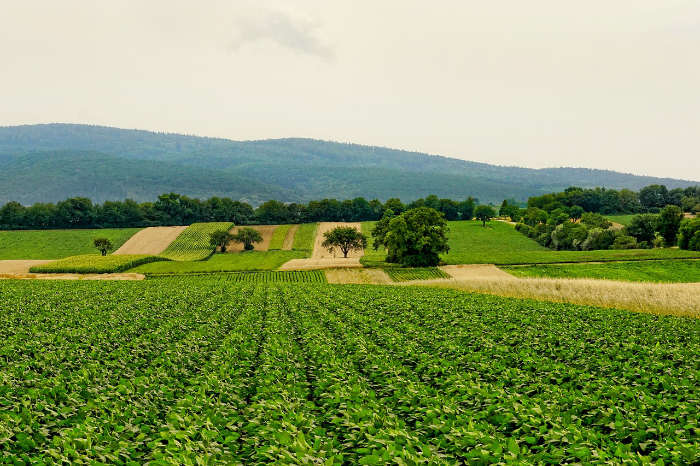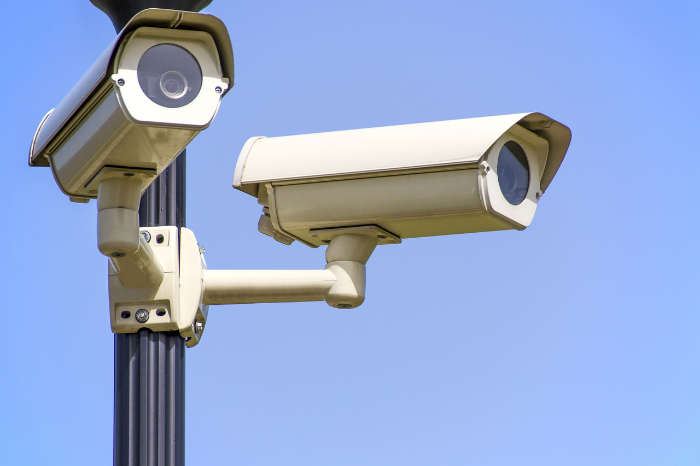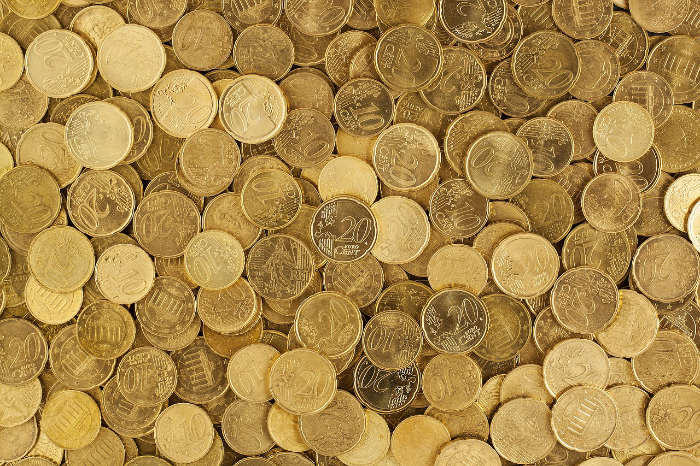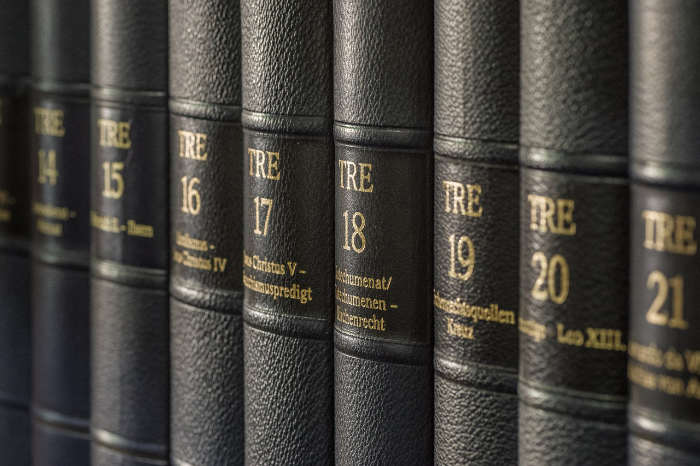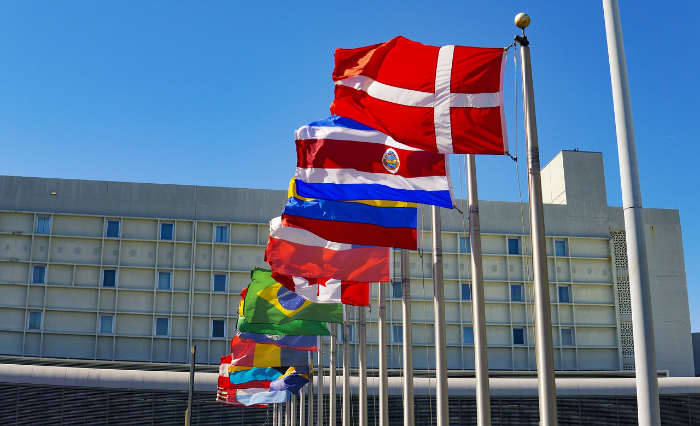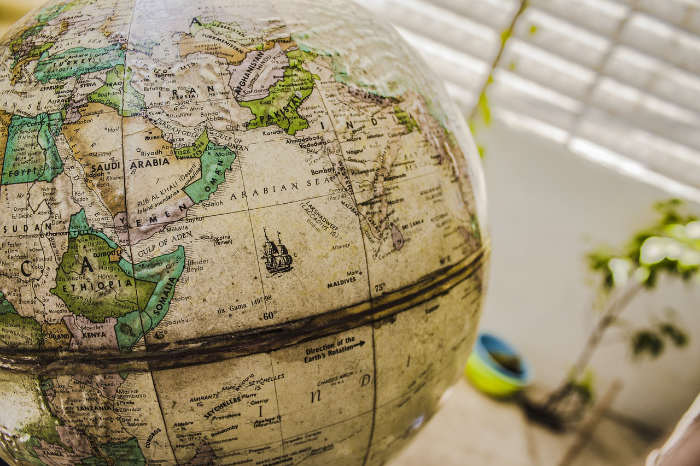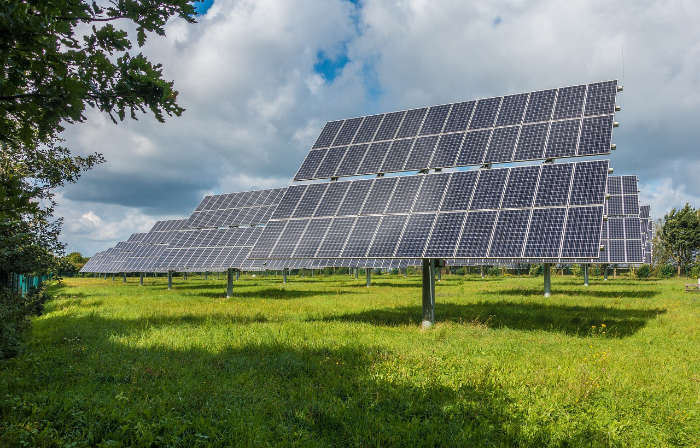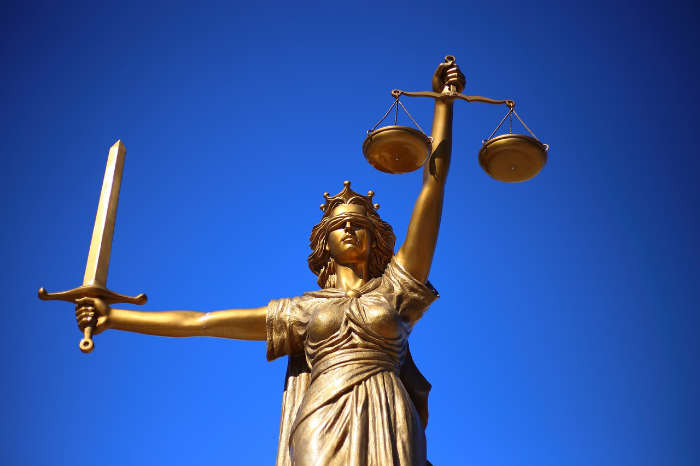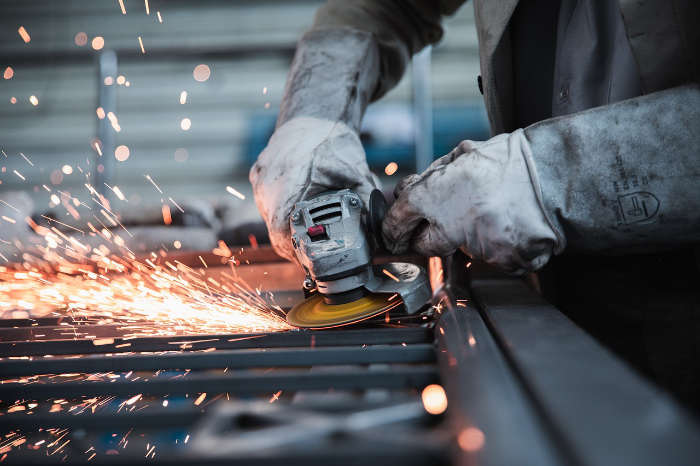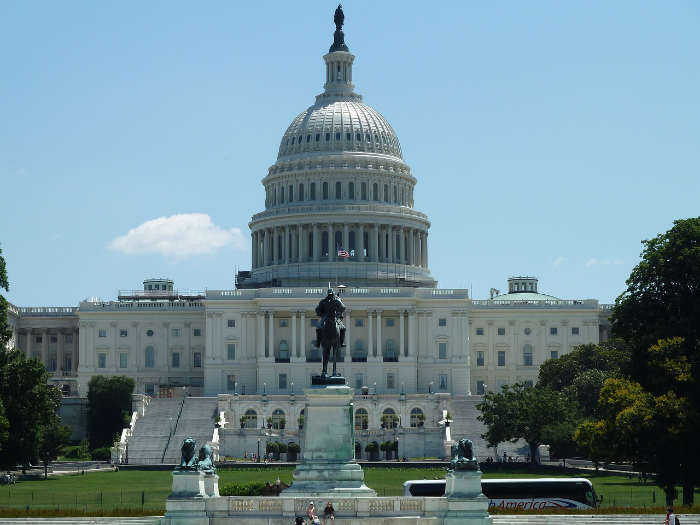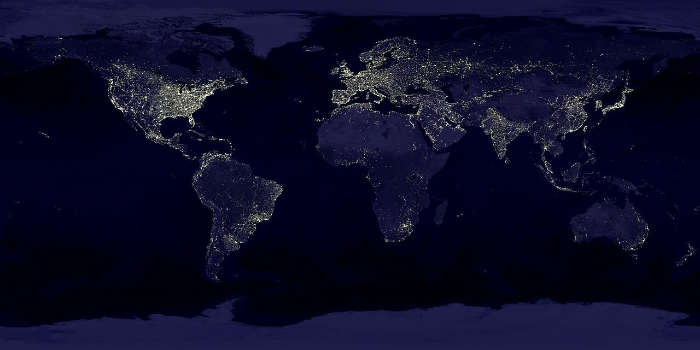Incarceration Rates by Country 2025
0
200
400
600
800
1,000
1,200
1,400
1,600
1,800
1,659 per 100k
794 per 100k
620 per 100k
576 per 100k
541 per 100k
Country | Incarceration Rate (per 100k)↓ | Total Incarcerated Individuals | % of Incarcerated Who Are Female | % of Incarcerated Who Are Male | Data Year | |
|---|---|---|---|---|---|---|
| El Salvador | 1,659 | 109,519 | 7.4% | 92.6% | 2024 | |
| Cuba | 794 | 90,000 | 100% | 2020 | ||
| Rwanda | 620 | 87,621 | 6.6% | 93.4% | 2024 | |
| Turkmenistan | 576 | 35,000 | 6.5% | 93.5% | 2021 | |
| United States | 541 | 1,808,100 | 8.8% | 91.2% | 2022 | |
| American Samoa | 538 | 301 | 9.6% | 90.4% | 2022 | |
| Panama | 522 | 23,798 | 4.9% | 95.1% | 2024 | |
| Tonga | 516 | 557 | 3.8% | 96.2% | 2022 | |
| Guam | 513 | 896 | 3.9% | 96.1% | 2024 | |
| Bahamas | 482 | 1,912 | 7.4% | 92.6% | 2021 | |
| Cape Verde | 467 | 2,700 | 2.9% | 97.1% | 2024 | |
| Uruguay | 449 | 15,767 | 7.9% | 92.1% | 2024 | |
| Turkey | 443 | 378,657 | 4.4% | 95.6% | 2024 | |
| Brazil | 408 | 888,791 | 5.7% | 94.3% | 2024 | |
| Antigua and Barbuda | 400 | 400 | 5.5% | 94.5% | 2023 | |
| Seychelles | 393 | 474 | 6.1% | 93.9% | 2024 | |
| Thailand | 391 | 274,277 | 12.1% | 87.9% | 2023 | |
| British Virgin Islands | 368 | 114 | 4.5% | 95.5% | 2022 | |
| Palau | 367 | 66 | 4.5% | 95.5% | 2023 | |
| Saint Vincent and the Grenadines | 361 | 404 | 2% | 98% | 2024 | |
| Dominica | 356 | 260 | 1.2% | 98.8% | 2024 | |
| Belarus | 345 | 32,556 | 10.8% | 89.2% | 2018 | |
| Costa Rica | 345 | 18,090 | 4.4% | 95.6% | 2023 | |
| Nauru | 345 | 38 | 5.3% | 94.7% | 2023 | |
| Grenada | 338 | 385 | 1.6% | 98.4% | 2023 | |
| Nicaragua | 332 | 20,918 | 5.4% | 94.6% | 2018 | |
| Namibia | 318 | 8,900 | 2.9% | 97.1% | 2022 | |
| Maldives | 314 | 1,700 | 4.3% | 95.7% | 2020 | |
| Belize | 312 | 1,339 | 3.6% | 96.4% | 2024 | |
| Chile | 311 | 59,185 | 8.3% | 91.7% | 2024 | |
| Saint Lucia | 308 | 572 | 2.7% | 97.3% | 2023 | |
| French Guiana | 304 | 1,010 | 6.3% | 93.7% | 2024 | |
| Cayman Islands | 304 | 258 | 9.4% | 90.6% | 2023 | |
| Northern Mariana Islands | 304 | 170 | 5.8% | 94.2% | 2022 | |
| Russia | 300 | 433,006 | 8.9% | 91.1% | 2023 | |
| Saint Kitts and Nevis | 296 | 160 | 3.6% | 96.4% | 2022 | |
| Guyana | 288 | 2,300 | 2.6% | 97.4% | 2024 | |
| Aruba | 288 | 311 | 8.4% | 91.6% | 2022 | |
| Peru | 286 | 98,127 | 0.2% | 99.8% | 2024 | |
| Trinidad and Tobago | 276 | 3,802 | 2.9% | 97.1% | 2021 | |
| Martinique | 276 | 1,030 | 2.6% | 97.4% | 2024 | |
| Gibraltar | 273 | 92 | 7.1% | 92.9% | 2021 | |
| Greenland | 271 | 154 | 13.8% | 86.2% | 2023 | |
| Libya | 269 | 19,103 | 1.1% | 98.9% | 2023 | |
| Argentina | 268 | 4.1% | 95.9% | |||
| Morocco | 267 | 102,653 | 2.5% | 97.5% | 2023 | |
| Curacao | 261 | 429 | 2.6% | 97.4% | 2022 | |
| Cambodia | 257 | 45,122 | 6.6% | 93.4% | 2024 | |
| Malaysia | 256 | 87,419 | 5.9% | 94.1% | 2024 | |
| Taiwan | 252 | 59,101 | 9.6% | 90.4% | 2024 | |
| Bolivia | 252 | 31,105 | 6.6% | 93.4% | 2024 | |
| United States Virgin Islands | 251 | 261 | 5.2% | 94.8% | 2022 | |
| South Africa | 249 | 156,600 | 3% | 97% | 2024 | |
| Georgia | 249 | 9,494 | 4.1% | 95.9% | 2024 | |
| Fiji | 248 | 2,276 | 3.1% | 96.9% | 2024 | |
| Azerbaijan | 244 | 24,698 | 2.9% | 97.1% | 2023 | |
| Eswatini | 243 | 3,405 | 2.9% | 97.1% | 2022 | |
| Barbados | 240 | 692 | 3% | 97% | 2023 | |
| Anguilla | 240 | 36 | 100% | 2022 | ||
| Paraguay | 239 | 17,172 | 5.2% | 94.8% | 2023 | |
| Moldova | 235 | 5,695 | 5.3% | 94.7% | 2024 | |
| Bahrain | 234 | 3,485 | 4.7% | 95.3% | 2017 | |
| Guadeloupe | 233 | 929 | 1.9% | 98.1% | 2024 | |
| Dominican Republic | 231 | 25,987 | 2.6% | 97.4% | 2024 | |
| Iran | 228 | 189,000 | 3.1% | 96.9% | 2020 | |
| Gabon | 226 | 5,501 | 3.5% | 96.5% | 2024 | |
| Algeria | 217 | 94,749 | 1.5% | 98.5% | 2021 | |
| Israel | 217 | 19,756 | 1% | 99% | 2023 | |
| Mayotte | 214 | 647 | 1.3% | 98.7% | 2024 | |
| Saudi Arabia | 207 | 68,056 | 1.9% | 98.1% | 2017 | |
| Mauritius | 206 | 2,639 | 6.3% | 93.7% | 2024 | |
| New Caledonia | 205 | 609 | 1.5% | 98.5% | 2024 | |
| Colombia | 201 | 104,441 | 6.1% | 93.9% | 2024 | |
| French Polynesia | 200 | 575 | 3.7% | 96.3% | 2024 | |
| Bermuda | 200 | 124 | 2.9% | 97.1% | 2021 | |
| Venezuela | 199 | 67,200 | 7.8% | 92.2% | 2022 | |
| Tunisia | 196 | 23,484 | 3.3% | 96.7% | 2021 | |
| Macau | 196 | 1,345 | 17.8% | 82.2% | 2024 | |
| Sint Maarten | 196 | 87 | 8% | 92% | 2023 | |
| Poland | 193 | 70,418 | 5.3% | 94.7% | 2024 | |
| Hungary | 192 | 18,270 | 8.4% | 91.6% | 2023 | |
| Honduras | 188 | 19,481 | 6.1% | 93.9% | 2023 | |
| Jordan | 185 | 19,140 | 2.2% | 97.8% | 2022 | |
| New Zealand | 185 | 9,924 | 6.8% | 93.2% | 2024 | |
| Kazakhstan | 184 | 32,171 | 7% | 93% | 2024 | |
| Myanmar | 183 | 100,324 | 12.3% | 87.7% | 2020 | |
| Ecuador | 181 | 33,669 | 6.2% | 93.8% | 2024 | |
| Iraq | 179 | 73,715 | 2.6% | 97.4% | 2021 | |
| Samoa | 179 | 358 | 5.3% | 94.7% | 2019 | |
| Czech Republic | 178 | 19,606 | 8.7% | 91.3% | 2024 | |
| Puerto Rico | 177 | 5,798 | 3.7% | 96.3% | 2022 | |
| Mexico | 175 | 235,461 | 5.9% | 94.1% | 2024 | |
| Latvia | 175 | 3,271 | 7.7% | 92.3% | 2024 | |
| Albania | 172 | 4,648 | 1.3% | 98.7% | 2024 | |
| Montenegro | 170 | 1,046 | 3.5% | 96.5% | 2024 | |
| Laos | 166 | 11,885 | 13.7% | 86.3% | 2018 | |
| Mongolia | 166 | 5,700 | 4.5% | 95.5% | 2023 | |
| Singapore | 164 | 9,833 | 10.2% | 89.8% | 2023 | |
| Reunion | 163 | 1,506 | 3.3% | 96.7% | 2024 | |
| Australia | 162 | 44,051 | 7.9% | 92.1% | 2024 | |
| Serbia | 162 | 10,787 | 4.2% | 95.8% | 2023 | |
| Botswana | 161 | 3,971 | 5% | 95% | 2022 | |
| Lithuania | 156 | 4,551 | 4.5% | 95.5% | 2024 | |
| Cook Islands | 156 | 28 | 8.3% | 91.7% | 2024 | |
| Slovakia | 155 | 8,385 | 7.3% | 92.7% | 2024 | |
| Uganda | 154 | 78,539 | 4.8% | 95.2% | 2024 | |
| Isle of Man | 153 | 132 | 7.6% | 92.4% | 2024 | |
| Philippines | 149 | 171,247 | 9.8% | 90.2% | 2024 | |
| Bhutan | 145 | 1,119 | 4.3% | 95.7% | 2014 | |
| Benin | 144 | 19,563 | 3.1% | 96.9% | 2024 | |
| Brunei | 143 | 636 | 11.9% | 88.1% | 2022 | |
| Tajikistan | 141 | 14,000 | 2.4% | 97.6% | 2023 | |
| Lebanon | 141 | 9,254 | 2.9% | 97.1% | 2023 | |
| North Macedonia | 140 | 2,555 | 3.7% | 96.3% | 2024 | |
| Guernsey | 140 | 93 | 3.2% | 96.8% | 2024 | |
| United Kingdom | 139 | 86,038 | 4.1% | 95.9% | 2024 | |
| Zambia | 137 | 28,225 | 3.3% | 96.7% | 2024 | |
| Vietnam | 135 | 133,986 | 12.1% | 87.9% | 2022 | |
| Sri Lanka | 134 | 29,226 | 4.2% | 95.8% | 2024 | |
| Suriname | 134 | 808 | 3.1% | 96.9% | 2023 | |
| Zimbabwe | 133 | 20,997 | 3.1% | 96.9% | 2024 | |
| Jersey | 133 | 138 | 5.1% | 94.9% | 2023 | |
| Ukraine | 130 | 44,024 | 5.3% | 94.7% | 2024 | |
| Romania | 129 | 24,534 | 4.5% | 95.5% | 2024 | |
| Sao Tome and Principe | 129 | 300 | 4% | 96% | 2023 | |
| Micronesia | 127 | 132 | 100% | 2014 | ||
| Jamaica | 125 | 3,559 | 4% | 96% | 2022 | |
| Guatemala | 123 | 23,361 | 12.1% | 87.9% | 2023 | |
| Estonia | 122 | 1,688 | 4.5% | 95.5% | 2024 | |
| Hong Kong | 121 | 9,079 | 21% | 79% | 2023 | |
| China | 119 | 1,690,000 | 8.6% | 91.4% | 2018 | |
| Malta | 119 | 671 | 9.1% | 90.9% | 2024 | |
| Cameroon | 118 | 34,419 | 2.6% | 97.4% | 2024 | |
| France | 117 | 80,130 | 3.4% | 96.6% | 2024 | |
| Spain | 117 | 56,698 | 7.1% | 92.9% | 2023 | |
| Egypt | 116 | 120,000 | 3.7% | 96.3% | 2022 | |
| South Korea | 115 | 59,088 | 8.4% | 91.6% | 2023 | |
| Portugal | 115 | 12,379 | 7.2% | 92.8% | 2024 | |
| Croatia | 115 | 4,445 | 5.1% | 94.9% | 2023 | |
| Kiribati | 113 | 129 | 0.8% | 99.2% | 2016 | |
| Kyrgyzstan | 112 | 7,728 | 2.9% | 97.1% | 2023 | |
| Tuvalu | 110 | 11 | 100% | 2014 | ||
| Italy | 106 | 62,427 | 4.4% | 95.6% | 2024 | |
| Belgium | 106 | 12,575 | 4.5% | 95.5% | 2024 | |
| United Arab Emirates | 104 | 9,826 | 11.7% | 88.3% | 2014 | |
| Lesotho | 104 | 2,216 | 2.9% | 97.1% | 2019 | |
| Kenya | 103 | 60,000 | 4.7% | 95.3% | 2023 | |
| Burundi | 103 | 13,824 | 7.5% | 92.5% | 2024 | |
| Cyprus | 103 | 966 | 9.2% | 90.8% | 2024 | |
| Madagascar | 101 | 30,530 | 5.5% | 94.5% | 2023 | |
| Austria | 101 | 9,288 | 6.8% | 93.2% | 2024 | |
| Kuwait | 101 | 4,500 | 5.8% | 94.2% | 2023 | |
| Ethiopia | 99 | 110,000 | 4.2% | 95.8% | 2020 | |
| Bulgaria | 99 | 6,378 | 3.6% | 96.4% | 2024 | |
| Greece | 98 | 10,242 | 5% | 95% | 2024 | |
| Indonesia | 96 | 273,697 | 4.8% | 95.2% | 2024 | |
| Sweden | 96 | 10,175 | 6.3% | 93.7% | 2024 | |
| Ivory Coast | 94 | 27,149 | 2.5% | 97.5% | 2024 | |
| Ireland | 93 | 5,086 | 5.3% | 94.7% | 2024 | |
| Canada | 90 | 35,485 | 7% | 93% | 2023 | |
| Nepal | 90 | 27,550 | 5.4% | 94.6% | 2022 | |
| Luxembourg | 89 | 600 | 5.5% | 94.5% | 2024 | |
| Uzbekistan | 85 | 29,000 | 100% | 2022 | ||
| Slovenia | 85 | 1,816 | 5.5% | 94.5% | 2024 | |
| Armenia | 83 | 2,469 | 2.6% | 97.4% | 2024 | |
| Monaco | 81 | 31 | 100% | 2024 | ||
| Bosnia and Herzegovina | 79 | 1,688 | 3.2% | 96.8% | 2024 | |
| Solomon Islands | 79 | 500 | 1.7% | 98.3% | 2019 | |
| Malawi | 78 | 16,536 | 1.1% | 98.9% | 2024 | |
| Switzerland | 77 | 6,881 | 5.7% | 94.3% | 2024 | |
| Djibouti | 74 | 750 | 5% | 95% | 2022 | |
| Senegal | 69 | 13,185 | 2.6% | 97.4% | 2023 | |
| Denmark | 69 | 4,083 | 5.3% | 94.7% | 2024 | |
| Qatar | 69 | 2,055 | 2.9% | 97.1% | 2022 | |
| Germany | 68 | 57,955 | 5.9% | 94.1% | 2023 | |
| Marshall Islands | 66 | 35 | 100% | 2023 | ||
| Angola | 65 | 24,068 | 2.5% | 97.5% | 2024 | |
| Vanuatu | 65 | 195 | 6.7% | 93.3% | 2021 | |
| Netherlands | 64 | 11,537 | 4.7% | 95.3% | 2023 | |
| Mozambique | 63 | 22,000 | 3% | 97% | 2024 | |
| Haiti | 63 | 7,523 | 3.5% | 96.5% | 2024 | |
| Equatorial Guinea | 63 | 500 | 5% | 95% | 2015 | |
| Syria | 60 | 10,599 | 7.4% | 92.6% | 2004 | |
| Andorra | 60 | 51 | 11.5% | 88.5% | 2024 | |
| Togo | 59 | 4,990 | 2.6% | 97.4% | 2021 | |
| South Sudan | 58 | 8,400 | 10.9% | 89.1% | 2021 | |
| Papua New Guinea | 57 | 5,373 | 4.4% | 95.6% | 2023 | |
| Mauritania | 57 | 2,826 | 2% | 98% | 2022 | |
| Chad | 56 | 9,589 | 1.5% | 98.5% | 2022 | |
| Liberia | 55 | 3,000 | 2.8% | 97.2% | 2023 | |
| Norway | 55 | 3,053 | 4.6% | 95.4% | 2024 | |
| Timor-Leste | 55 | 763 | 4.1% | 95.9% | 2021 | |
| Sudan | 52 | 21,000 | 1.7% | 98.3% | 2017 | |
| Sierra Leone | 52 | 4,453 | 3.5% | 96.5% | 2024 | |
| Finland | 52 | 2,912 | 7.7% | 92.3% | 2023 | |
| Central African Republic | 52 | 2,678 | 3.9% | 96.1% | 2023 | |
| Tanzania | 50 | 32,671 | 3.4% | 96.6% | 2022 | |
| Niger | 47 | 13,005 | 3.1% | 96.9% | 2023 | |
| DR Congo | 46 | 44,536 | 2.3% | 97.7% | 2022 | |
| Oman | 46 | 1,960 | 4.5% | 95.5% | 2015 | |
| Comoros | 46 | 422 | 1.6% | 98.4% | 2023 | |
| Pakistan | 45 | 108,643 | 1.6% | 98.4% | 2024 | |
| Afghanistan | 45 | 19,000 | 4.2% | 95.8% | 2024 | |
| Ghana | 42 | 14,246 | 1.5% | 98.5% | 2024 | |
| India | 41 | 573,220 | 4.1% | 95.9% | 2022 | |
| Mali | 40 | 8,670 | 3% | 97% | 2022 | |
| Burkina Faso | 39 | 8,800 | 1.8% | 98.2% | 2022 | |
| Guinea | 38 | 5,549 | 3% | 97% | 2024 | |
| Nigeria | 36 | 82,382 | 2.2% | 97.8% | 2024 | |
| Iceland | 35 | 140 | 9.9% | 90.1% | 2024 | |
| Liechtenstein | 35 | 14 | 100% | 2024 | ||
| Japan | 33 | 40,881 | 8.8% | 91.2% | 2023 | |
| Bangladesh | 31 | 53,831 | 3.9% | 96.1% | 2024 | |
| Guinea-Bissau | 31 | 596 | 2.6% | 97.4% | 2017 | |
| Republic of the Congo | 27 | 1,388 | 3.7% | 96.3% | 2019 | |
| Faroe Islands | 26 | 14 | 100% | 2023 | ||
| Gambia | 22 | 543 | 2.6% | 97.4% | 2021 | |
| Somalia | 16 | 2,799 | 100% | 2023 | ||
| Yemen | 14 | 4,268 | 1.3% | 98.7% | 2022 | |
| San Marino | 3 | 1 | 7.1% | 92.9% | 2024 |
- Data shown are the most recent available for each country, but are not necessarily from the same date.
- Data for UK include only England and Wales.
Incarceration is the state of being confined in prison, typically as punishment for a crime. Every country in the world has a prison system of some sort, though the exact nature of that system—as well as the number of prisoners incarcerated within it—varies tremendously from country to country. The United States leads the world in total number of people incarcerated, with more than 2 million prisoners nationwide through most of the 2000-2019 era (per data released in October 2021 by World Prison Brief). At any given time, this number was roughly equivalent to roughly 25% of the world’s total prison population and led to incarceration rates ranging from 642-755 people per 100,000 or more—among the highest rates in the world. However, the total US prison population trended slightly downward in the late 2010s, reaching approximately 1,675,400 in 2019—its lowest rate since 1995. Prison populations in each U.S. state vary from one to the next, with the highest rates in Louisiana and Oklahoma. Overall, the incarceration rate in the U.S. has skyrocketed in the past decade—the prison population was a mere 200,000 in 1972, less than a tenth of today’s total. However, the current rate is the lowest it has been in 20 years.
Top 10 Countries with the Most People in Prison
Country | Total Incarcerated Individuals |
|---|---|
| United States | 1,808,100 |
| China | 1,690,000 |
| Brazil | 888,791 |
| India | 573,220 |
| Russia | 433,006 |
| Turkey | 378,657 |
| Thailand | 274,277 |
| Indonesia | 273,697 |
| Mexico | 235,461 |
| Iran | 189,000 |
Top 10 Countries with the Highest Rate of Incarceration
Country | Incarceration Rate (per 100k) |
|---|---|
| El Salvador | 1,659 |
| Cuba | 794 |
| Rwanda | 620 |
| Turkmenistan | 576 |
| United States | 541 |
| American Samoa | 538 |
| Panama | 522 |
| Tonga | 516 |
| Guam | 513 |
| Bahamas | 482 |
Challenges Raised by High Incarceration Rates
Mass incarceration in the United States is a civil rights issue. Organizations such as the Prison Policy Initiative argue that incarceration dehumanizes poor people and minorities, damages already marginalized communities, and often jails people for small-scale offenses such as marijuana possession in countries where weed is illegal. Additionally, evidence exists that a high incarceration rate does not actually increase public safety—a stance often validated by data on crime rate per country, murder rates, rape statistics, and gun violence per country. Nor, for that matter, does capital punishment, commonly known as the death penalty.
Mass incarceration can also lead to several logistical issues including prison overcrowding, which increases health risks and decreases the psychological well-being of those inside. Around the world, many countries have jail occupancy rates that exceed 100% of their prison system’s capacity. Kenya’s jail occupancy level is currently 284%. Additionally, the massive number of prisons and prisoners places a significant strain on state budgets. Prison costs include adequate security, food, recreational and education opportunities, infrastructure maintenance, utility costs for the facilities, healthcare for the prisoners, and (in better prisons) programs to train and rehabilitate inmates so they are less likely to return to prison in the future. State prison spending varies greatly and can be as high as $69,355 per inmate per year (the average cost of an inmate in New York).





